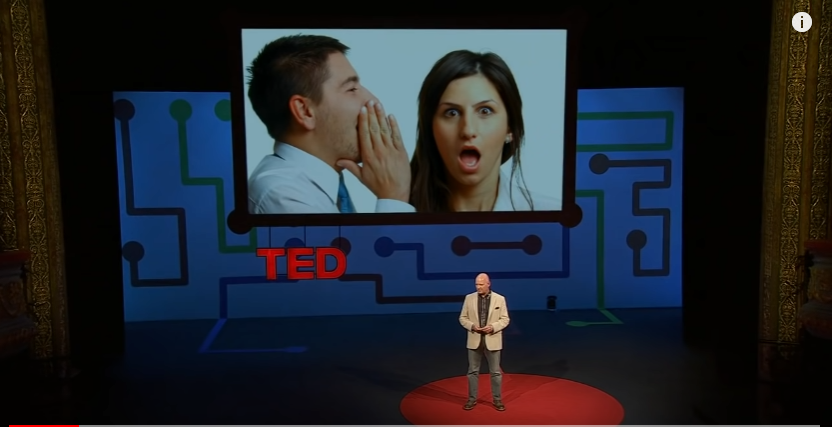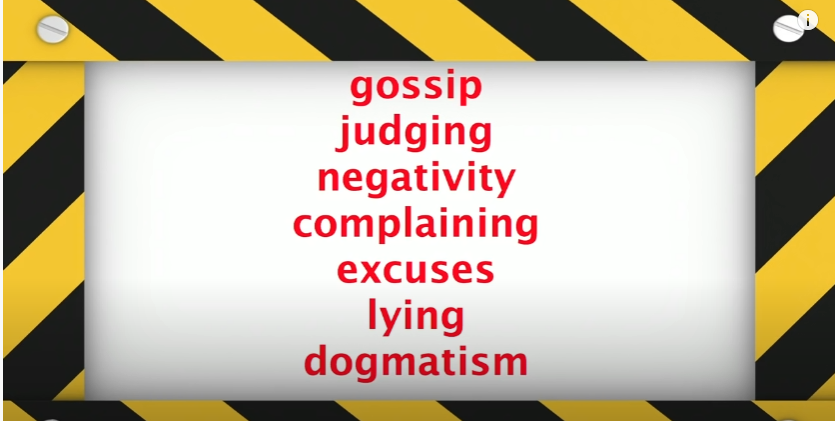The TED Talk I am reviewing today is called “How to speak so that people want to listen” by Julian Treasure. He followed the multimedia principle as he used PowerPoint to assist his speech. Also, he followed the modality principle because he did not use printed text in his slides. He narrated the information most of the time. As the cognitive load theory stated that we should limit the things we give in a short time, and that refers to we should put only one thing in one PowerPoint slide, Julian Treasure did only put one piece of information in one slide of his PowerPoint. For example, he put one picture per slide or one list per slide.


In the above slide, he broke the rule of Cognitive Load Theory because he put more than 6 objects in this slide. However, he did follow the signaling principle because he typed red words in the middle of the slide to make people pay attention to the words.

The above slide is another evidence that he follow the signaling principle, as well as the coherence principle. He used contrast to move the audiences’ attention so that the audience can easily focus on what he was talking about.
In the last part of his presentation, he asked the audience to follow him to do some practice to relax their mouth before giving a speech. This action followed the self-explaining principle because this allowed audiences to generate self-explanations.
The link to Julian Treasure’s TED Talk:
Reference
TED. (2014). How to speak so that people want to listen | Julian Treasure [Video]. Retrieved from https://www.youtube.com/watch?v=eIho2S0ZahI
valekaic 6368f9b739 https://wakelet.com/wake/VRysE6QMBIfd6QM2_7tbV
edytorr 7e67e646ff https://wakelet.com/wake/VThhOGKO3-ngbM7kzwLgH